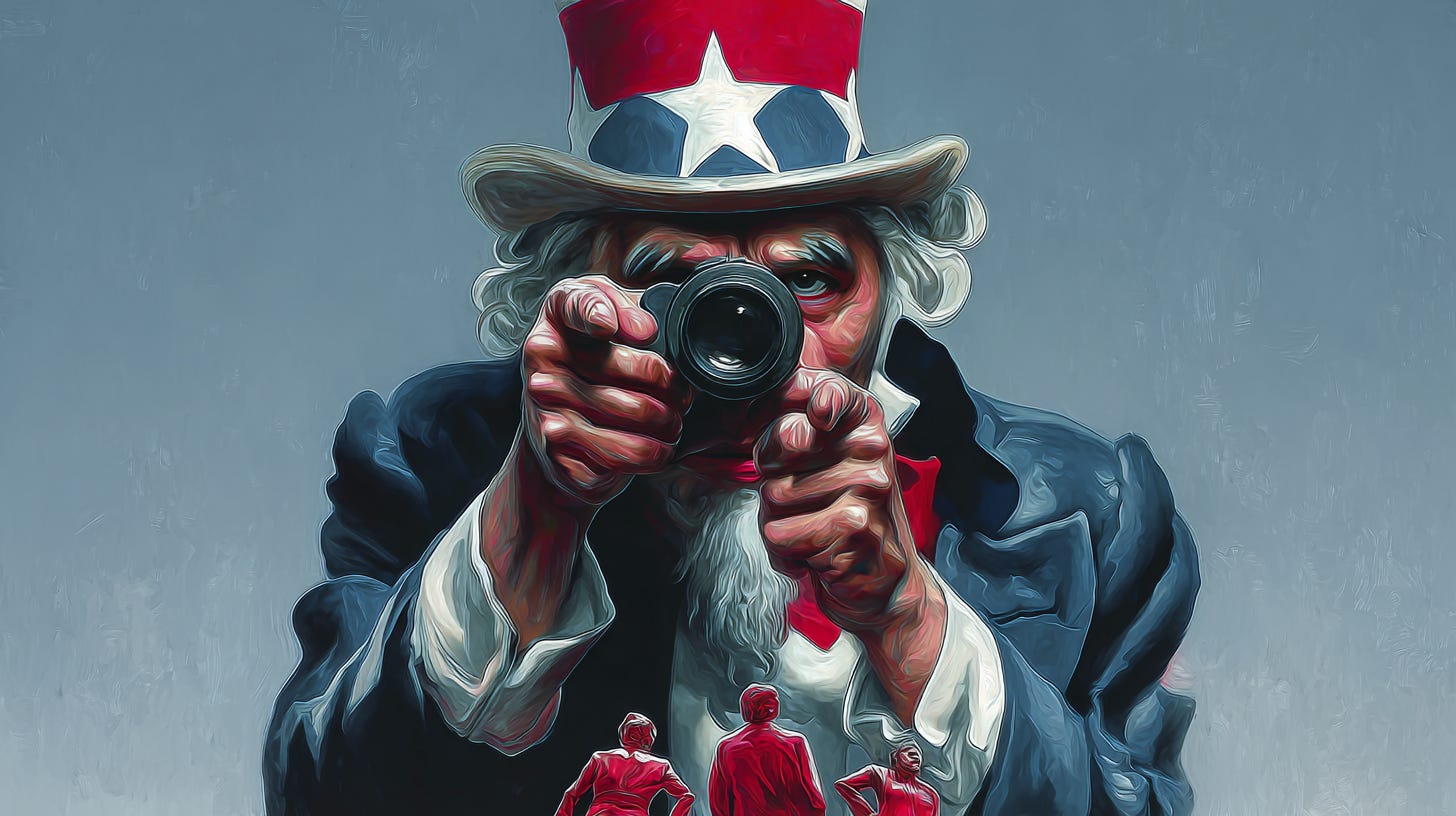ICE Surveillance Expansion Is A Threat to Privacy and Freedom
In September alone, ICE spent $1.4 billion on surveillance technology (the highest amount in nearly two decades).
A new letter reveals immigration and Customs Enforcement (ICE) is quietly building one of the most expansive surveillance networks in U.S. history, raising serious concerns about privacy and constitutional rights.
Originally justified as a tool to locate and deport undocumented immigrants (more on this in a moment), the technology is also being used to monitor American citizens, including protesters and activists.
Suppressing Speech
According to a letter obtained from the Senate last month, ICE has now secured contracts for advanced surveillance tools, including facial recognition algorithms, iris-scanning apps, and real-time smartphone tracking systems.
In September alone, ICE spent $1.4 billion on surveillance technology, the highest amount in nearly two decades, according to the Washington Post.
ICE also has access to more than 80,000 artificial intelligence-powered license plate readers across the country, which enable the agency to track vehicles and drivers without obtaining a warrant.
Keep reading with a 7-day free trial
Subscribe to The Daily Chela to keep reading this post and get 7 days of free access to the full post archives.



